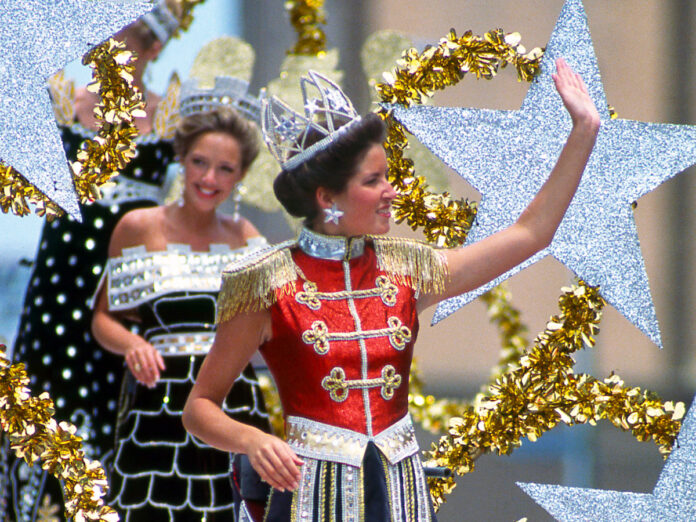By Catherine Hudgins
While the metro San Antonio population boom brings transplants from distant and very different areas, one regional tradition remains vital and strong: the local festival. Every town, village, and parish – and even some neighborhoods – seems to have staked out at least one special item or event on which to focus their party spirit.
Themes for these fiestas, fairs, festivals, or just plain community revelry run the gamut from remembrances of historically important events to celebrating the most lucrative local farm crop, yet all these celebrations deliver fun for the whole family, whichever traditional or modern version that might be. Most festivals feature similar activities, entertainment offerings, and food.
Ah, the food. You’ll always find the usual: enormous smoked turkey legs, brisket brought to the height of tenderness and flavor through hours of expert oversight, nachos, cotton candy, funnel cakes, sausage on a stick…the list goes on. But most local festivals, no matter their ultimate theme, usually claim at least one dish as theirs alone. In some cases, such as New Braunfels’ Wurstfest or the Peanut Festival in Floresville, practically all the food served on the festival’s grounds relates to its source of inspiration.
A dedicated festival-goer can stay busy year-round in South Texas attending celebratory gatherings. Newly-arrived residents and visitors are sure to feel welcome, too. So if you enjoy dancing, parade-watching, eating, drinking, and/or rides and ring-tosses, etc., mark your calendar for some or all of the events listed here – and watch your local newspaper because the metro San Antonio region abounds with opportunities for festive fun!
San Antonio
The biggest and most well-known festival in the area is, of course, San Antonio’s own Fiesta, which is scheduled around San Jacinto Day, April 18. Some might say it’s also a perfect example of the South Texas partying spirit, since it actually originated as a celebration of a celebration!
The precipitating event took place in April, 1891, when, during a promenade in front of the Alamo honoring its fallen heroes and those lost at the Battle of San Jacinto (the final victory that assured Texas Independence), ladies in horse-drawn, decorated carriages began tossing flowers back and forth. The Battle of Flowers was born.
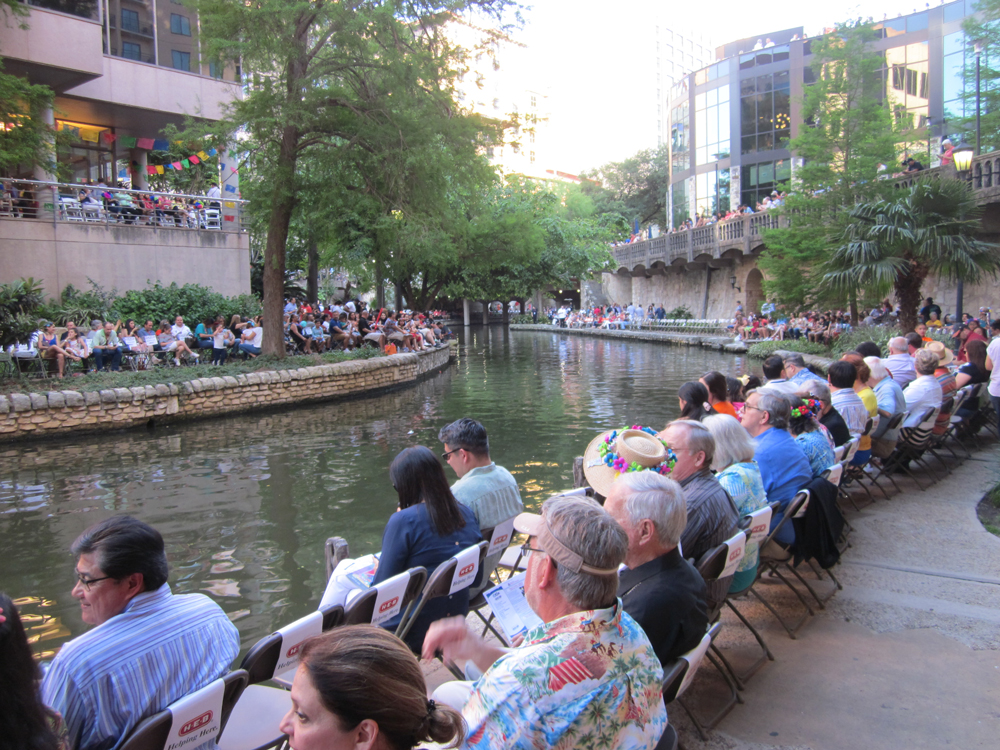
From that modest beginning, Fiesta has grown into a marathon, weeklong – that’s a Texas-sized week, of course, lasting ten very full days – citywide celebration that includes 150 official events, involves over 90 local nonprofit organizations, and utilizes 75,000 volunteers. Fiesta Week has it all – its own royalty, parades (yes, plural!) including the Fiesta Flambeau Parade, the biggest night parade in the US, and the Texas Cavaliers River Parade, where the floats actually float, plus a number of traditional eat-drink-and-be-merry gatherings, such as the Fiesta Oyster Bake and A Night in Old San Antonio (NIOSA), that remain crowded and popular, generation after generation.
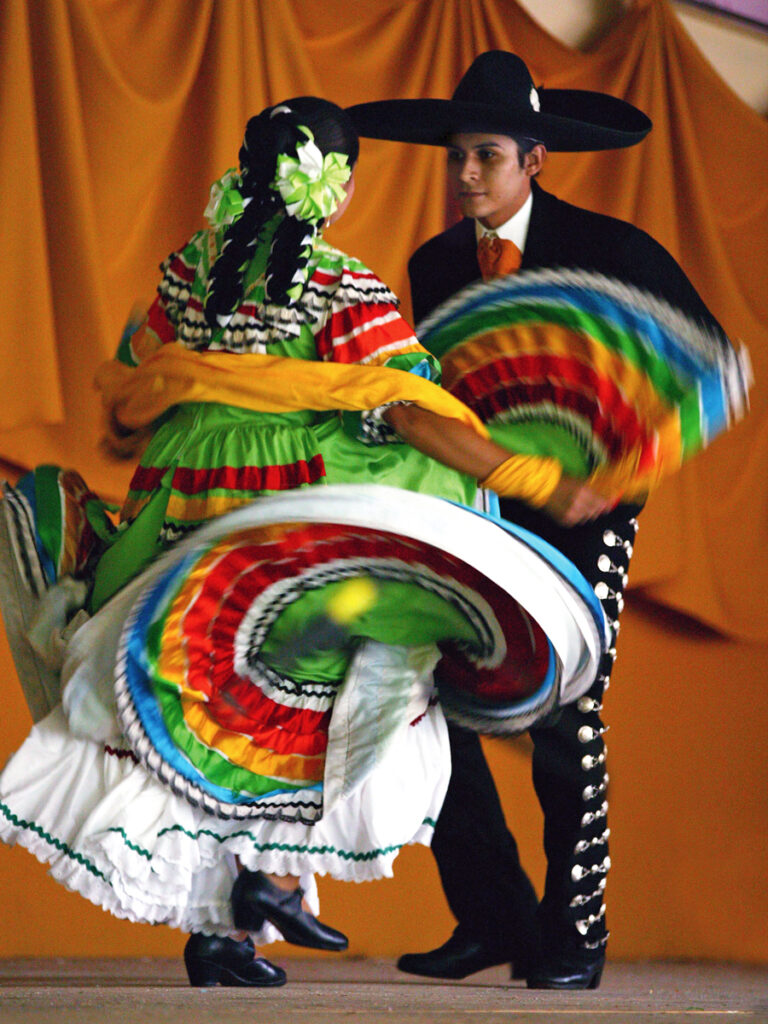
In addition to honoring the memory of those early Texians, Fiesta celebrates San Antonio’s rich and diverse cultures with events such as A Taste of New Orleans and the Fiesta Mariachi Mass. Never let it be said, however, that San Antonians take themselves too seriously. While the Order of the Alamo Coronation is an elegant Fiesta event featuring the cream of South Texas society, Cornyation, which makes masterful – if somewhat raucous – fun of local leaders and happenings, is wildly popular, too.
The Texas Folklife Festival is held in June on the Institute of Texan Cultures grounds. This family-friendly celebration is fun and educational, as it involves demonstrations (many hands-on, especially for kids) of the arts, crafts, music and foods of the various cultures and ethnic groups that settled Texas. From demonstrations of pioneer activities like soap-making to Lebanese dancing to Czech or Filipino foods, the Folklife Festival has something of interest for everyone.
Celebrations of Hispanic culture and heritage abound, of course, since Spanish and Mexican settlers founded the Alamo City. From charreadas, which are traditional Mexican rodeos, to ceremonies commemorating the “Grito” that sparked the Mexican Revolution, opportunities are plentiful year round for integrating a little Latino spirit into your festive schedule.
Regional Fun
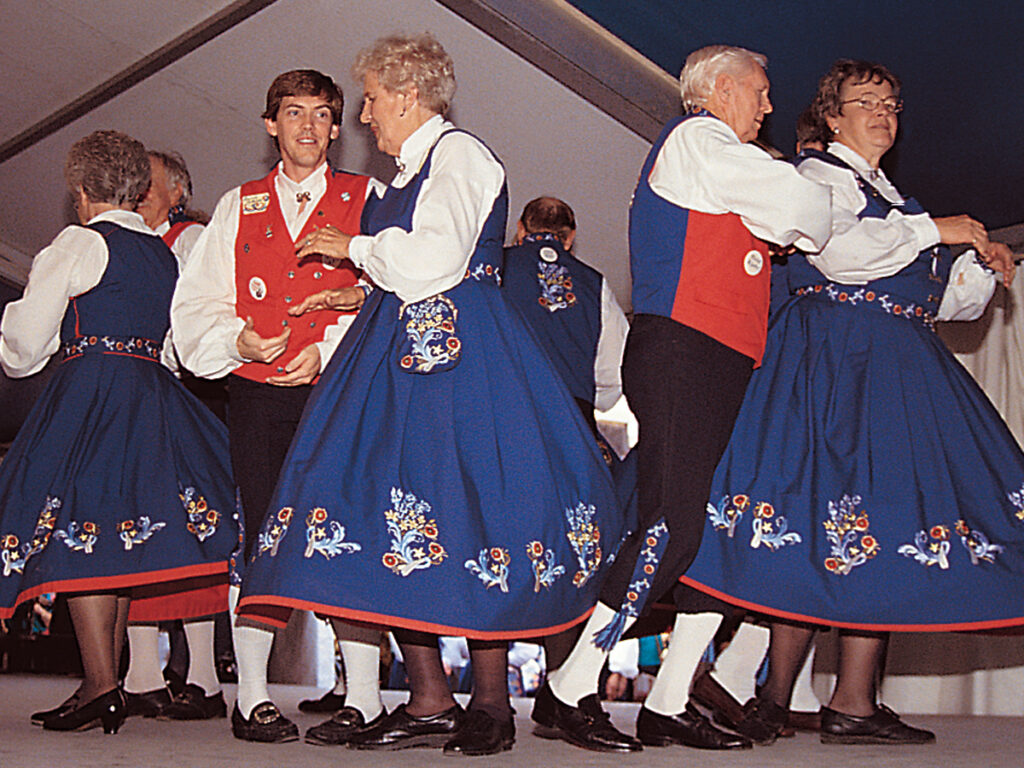
Not to be outdone, other communities in the San Antonio metro area also offer festival-goers lots of practice at having fun. The following are some of the many festivals and fairs held in the region, but be very clear: this list is NOT comprehensive. South Texans are always finding new excuses to party!
Helotes
For those who complete Fiesta without running out of energy, the partying continues at Helotes’ Cornyval and Rodeo.
Castroville
The “granddaddy” of church festivals is held in Castroville, a charming village west of San Antonio, on the Sunday closest to August 25. St. Louis Day Church Festival began more than 120 years ago when a handful of parish families and friends gathered to celebrate the feast day of St. Louis IX of France. Now held in Koenig Park, the picnic honors the Alsatian origin of the area’s founders. After a 9 a.m. mass at the historic St. Louis Catholic Church, festival-goers converge on the park for a day of fun activities, like the St. Louis Day Horseshoe Pitching Tournament, and food. Giant barbequed beef and Alsatian style sausage (two tons of which are made the day before) dinners are served – to 2,000 hungry people per hour – from 11 a.m. to about 2:30 p.m.
Floresville
Just south of San Antonio, soil conditions improve enough to permit successful crop farming. Floresville celebrates its leading cash crop during its annual Peanut Festival, held the second weekend in October. Of course, the event actually begins on Tuesday afternoon with activities for kids and includes the coronation of festival royalty (Queen Tunaep and King Reboog) on Thursday evening. The weekend offers a parade (of course!), a Fiddlers Contest, a carnival, food booths featuring the goober in all its post-harvest permutations – from peanut brittle to ice cream. Evening concert/street dances wrap up both Friday and Saturday activity schedules.
Boerne
While Boerne hasn’t yet joined the huge fiesta circuit, the flourishing city has several smaller, more-focused festivities including a city-wide quilt show in early summer and its Kendall County Fair in September.
New Braunfels
In New Braunfels, Wurstfest is celebrated as a way to promote local commerce, especially through tourism, and to preserve the community’s heritage. Conceived by Ed A. Grist, a practicing veterinarian and City Meat Inspector, the festival was first held in 1961. Two thousand people attended that first one-day fest, which featured ladies of the Grange demonstrating sausage-making as practiced by the pioneers who brought their recipes to the Texas wilderness from Germany 116 years before.
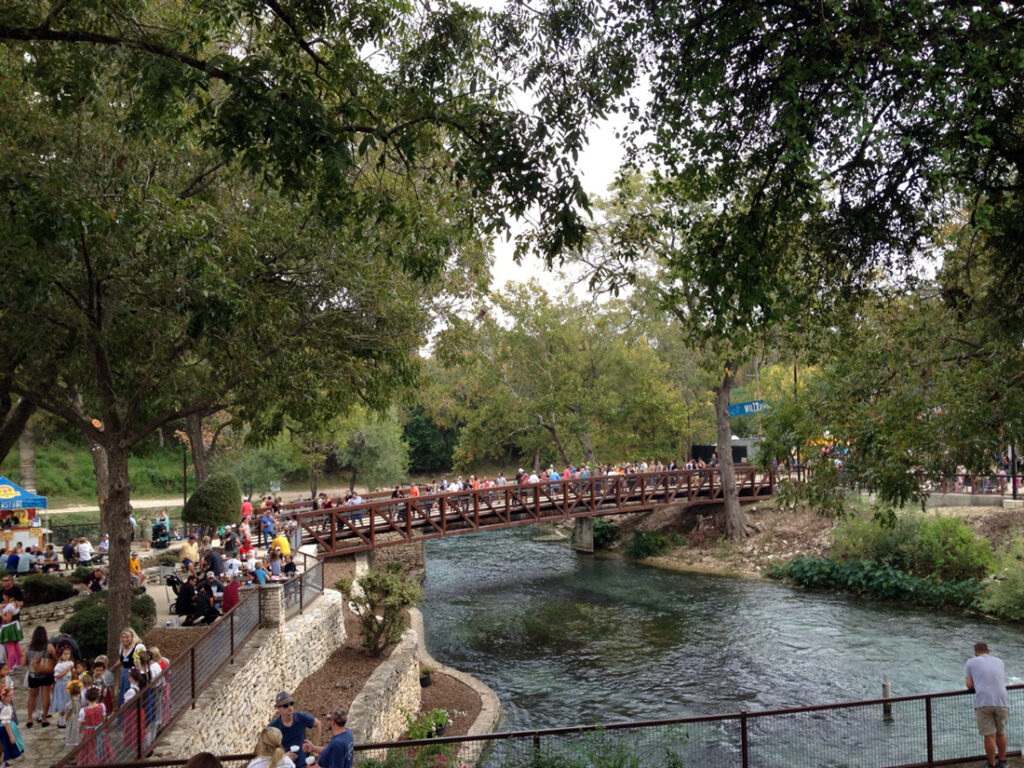
Now lasting ten days, Wurstfest begins on the Friday before the first Monday in November. During the week, the party, which is based on the Wurstfest Grounds in Landa Park but spreads throughout New Braunfels and Comal County, begins at 5 p.m., but on weekends, dedicated sausage-lovers can get started at 11 a.m. Be prepared for crowds: as many as 150,000 people show up every year to polka, guzzle beer, and stuff themselves with all foods German.
Seguin
Fertile soil and plenty of water provide the basis for Seguin’s annual agriculture-based festival, Pecan Fest, held the second weekend in November. The Guadalupe Pecan Growers Association, which was founded in Seguin, is one of the oldest such groups in the state. Guadalupe County is one of the nation’s leading pecan producers. Crops can reach up to 3 million pounds – which provides plenty of nuts for pecan pies and other goodies for Pecan Fest-goers to enjoy.

